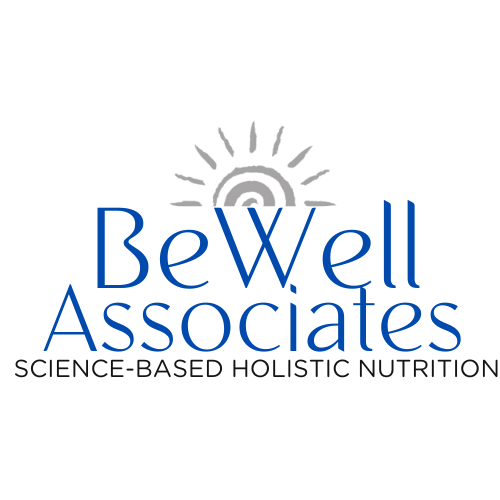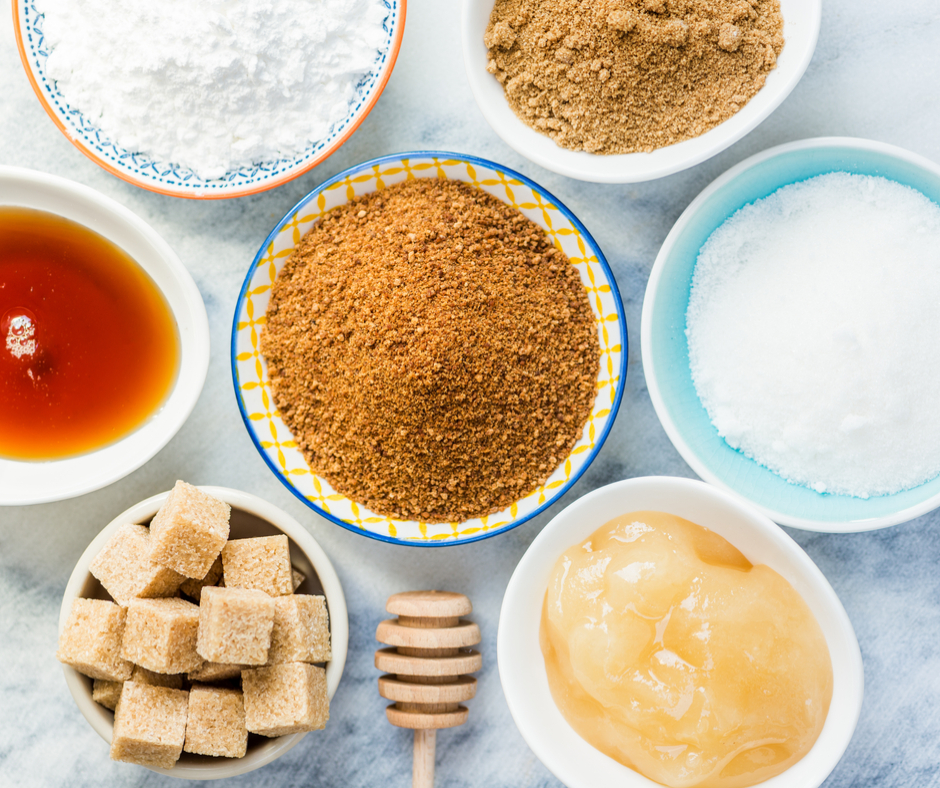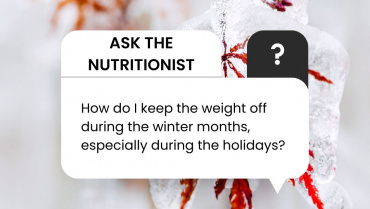In Part 1 of this two-part series, “Your Ultimate Guide To Reading Food Labels,” we looked at how to interpret the ingredients list and what to avoid, as well as understanding those all-important carb numbers.
In Part 2, we’ll cover everything you need to know about sugar and sugar alcohols in foods.
Most importantly, you want to watch the number of grams of sugar and stay away from anything with added sugars.
Spotting Sugar On A Label
There are over 56 different names for sugar used in food labels. It can be tough to keep track of all those names, so here are some of the most common to keep an eye out for:
- sugar
- sucrose
- high-fructose corn syrup (HFCS)
- agave nectar
- cane juice
- cane sugar
- fruit juice
- honey
- syrups
- molasses
- dextrin
- dextrose
- barley malt
- corn syrup
- ethyl maltol
- glucose
- lactose
- maltodextrin
- maltose
- rice syrup
- fructose
- galactose
Watch Out For Sugar Alcohols
Sugar alcohols are sweeteners that have about half the calories of regular sugars. They aren’t absorbed well and, therefore, can cause digestive discomfort like gas, bloating, and diarrhea, so they should be avoided. You will see them in a lot of “sugar-free” foods. The most commonly used sugar alcohols are sorbitol, mannitol, xylitol, maltitol, maltitol syrup, lactitol, erythritol, isomalt, and hydrogenated starch hydrolysates.
We can’t avoid sugar 100% of the time, as there are natural sugars present in healthy foods like honey, fruit, and molasses, which can be beneficial. It is recommended to get no more than 10% of your daily caloric intake from sugar. You will find how much sugar is in a serving listed as ‘sugar” or “total sugar.”
Take control of your nutrition and health by using this guide when buying packed foods and choosing wisely.





Add Comment